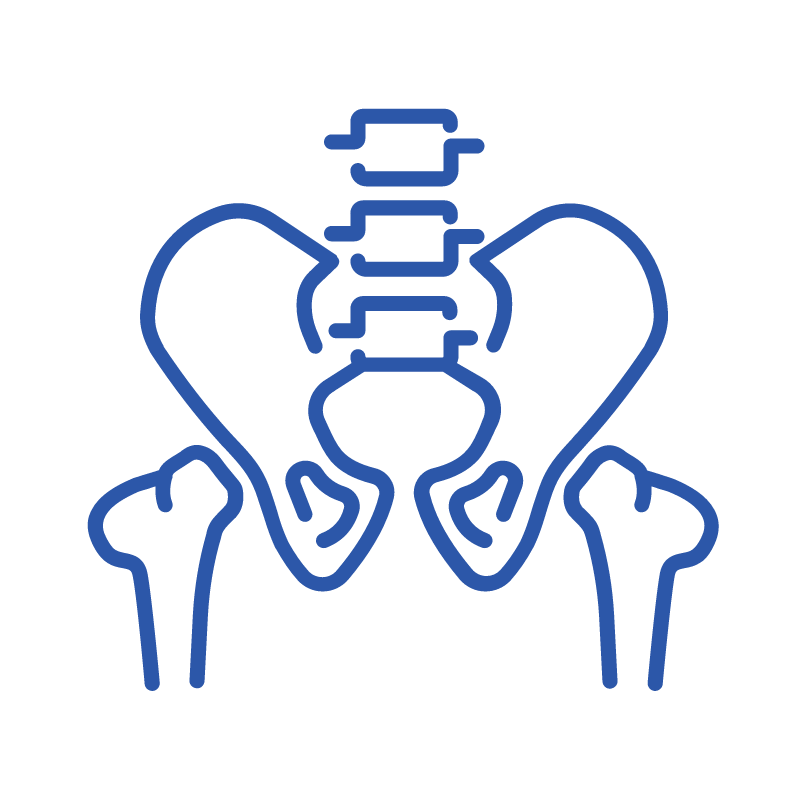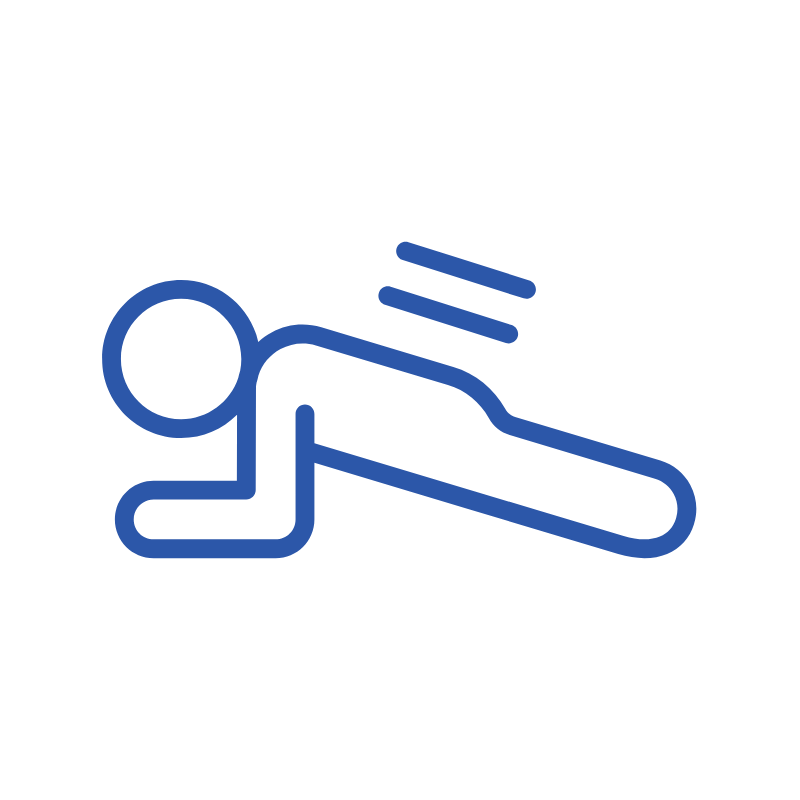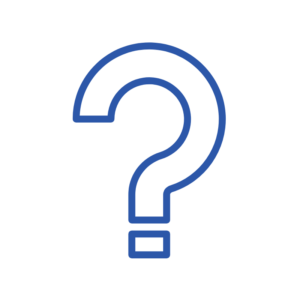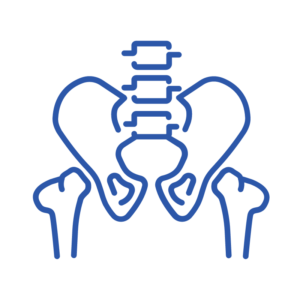Pelvic Floor Dysfunction is used to describe issues with muscles of the pelvic floor which contribute to the development of other pelvic conditions.
At Vitalis Physiotherapy, our treatment of Pelvic Floor Dysfunction aims to:
Pelvic Floor Dysfunction is used to describe issues with muscles of the pelvic floor which contribute to the development of other pelvic conditions.
At Vitalis Physiotherapy, our treatment of Pelvic Floor Dysfunction aims to:



Within the pelvic floor are many muscles, ligaments, tissue and pelvic organs, such as the bladder, bowel and the womb (if you’re female). The pelvic floor runs much like a taut ‘hammock’, from the tailbone (coccyx) to the front of the pelvis – the pelvic organs sit on top of and are supported by these hammock-like pelvic muscles.
The pelvic floor is also similar to a trampoline – the muscles can move up and down, especially while breathing. This is to accommodate downward pressure on the abdominal organs from the diaphragm on inhalation – the pelvic floor relaxes, and comes back up when the diaphragm contracts and pressure decreases during exhalation.
In total, there are six main functions of the pelvic floor muscles:
If these muscles become weak, overstretched, torn or overactive, signs and symptoms of issues affecting the above pelvic functions may develop. Common problems include urinary incontinence, difficult or minimal bowel control, Levator syndrome (spasming muscles after bowel movement), Pudendal neuralgia (pudendal nerve damage), erectile dysfunction, etc.

Typically, weak, overstretched or malfunctioning pelvic muscles are the main contributors to conditions and symptoms of pelvic floor dysfunction. This can be caused by:
More women than men are usually diagnosed with pelvic floor dysfunction.


If you think you might have symptoms or conditions related to pelvic floor dysfunction, it is important to see a medical professional for diagnosis and treatment/management options. You will likely be referred for imaging tests to determine the origin and extent of the injury or to rule out a differential diagnosis.
Physiotherapy is aimed at educating patients about the function of pelvic floor muscles, the importance of lifestyle factors and management through an exercise program. Physical therapy is aimed at strengthening muscle and reducing future risk. At Vitalis Physiotherapy, we can tailor a unique treatment plan for simple pelvic issues to aid in your recovery through:
If the pain is severe, strenuous activity should be avoided. Your physiotherapist may also advise for you to use lumbar or pelvic support.
If you have a pelvic floor dysfunction, or you’re looking for a ‘physiotherapist near me’, our physios at Vitalis Physiotherapy can assess your condition to tailor a unique rehabilitation plan to aid in your pain relief and recovery.
All you need to do is just give us a call on 0410 559 856 and request an initial appointment. Please let our friendly reception staff know the background and severity of your condition.
You can visit our FAQs for more information about appointments at Vitalis Physiotherapy.

Are you in pain caused by Pelvic Floor Dysfunction? Contact Vitalis Physiotherapy now to book in your treatment.
Call our friendly team on 0410 559 856. We’d love to help.
3/58 Oldfield Road, Sinnamon Park Qld 4073